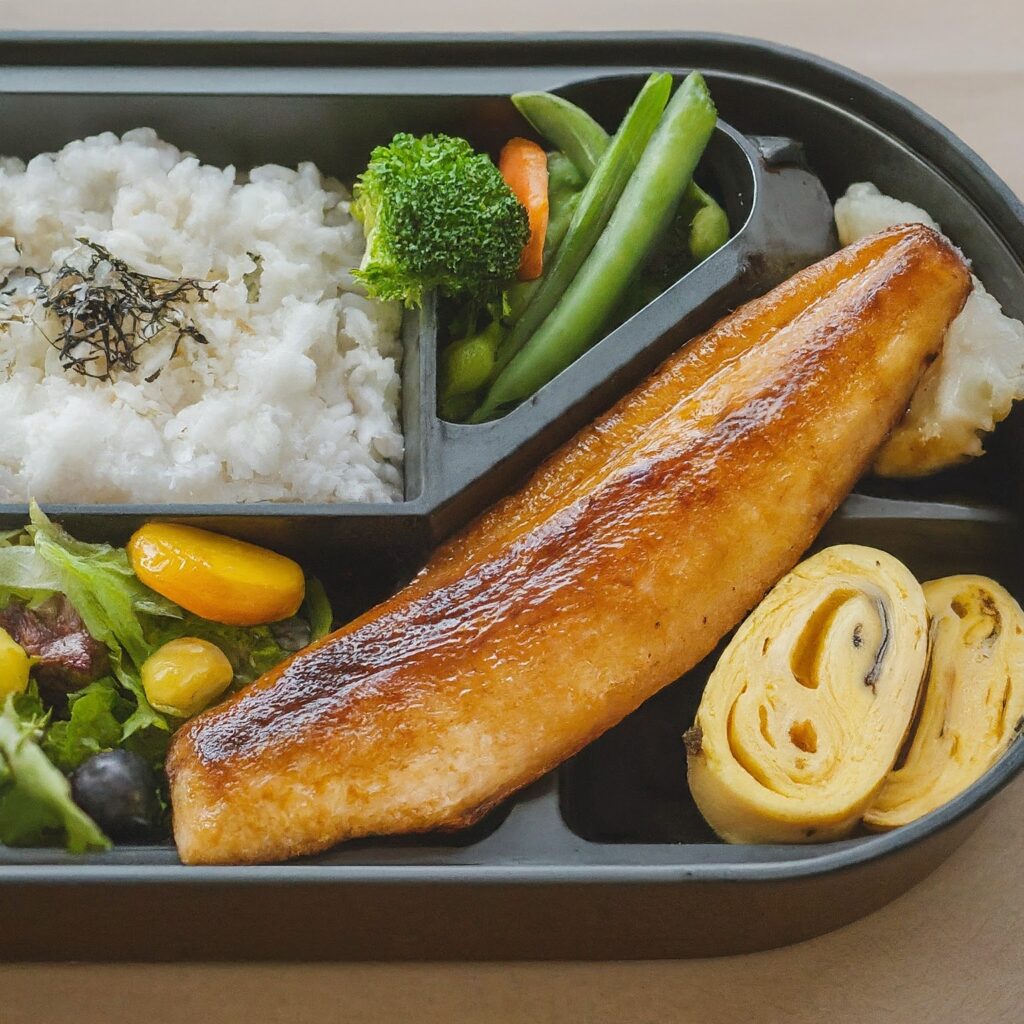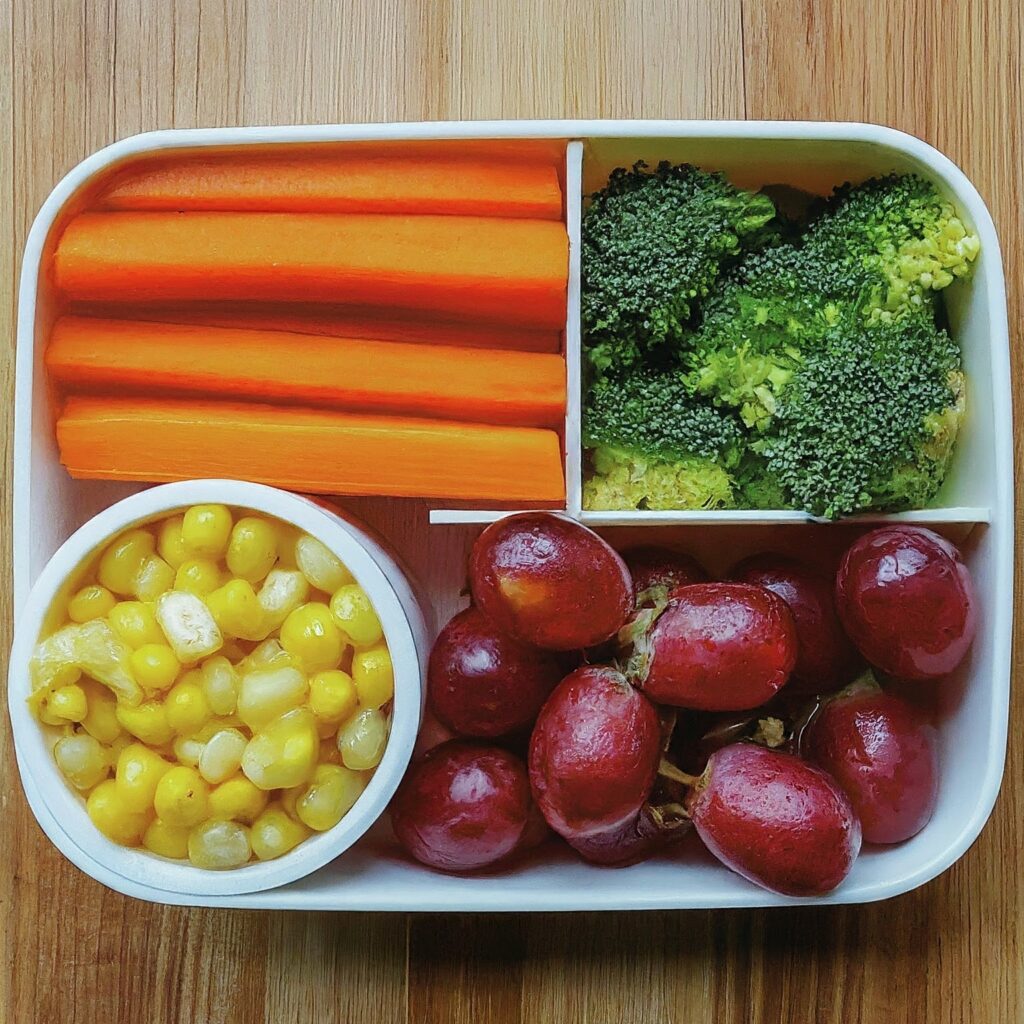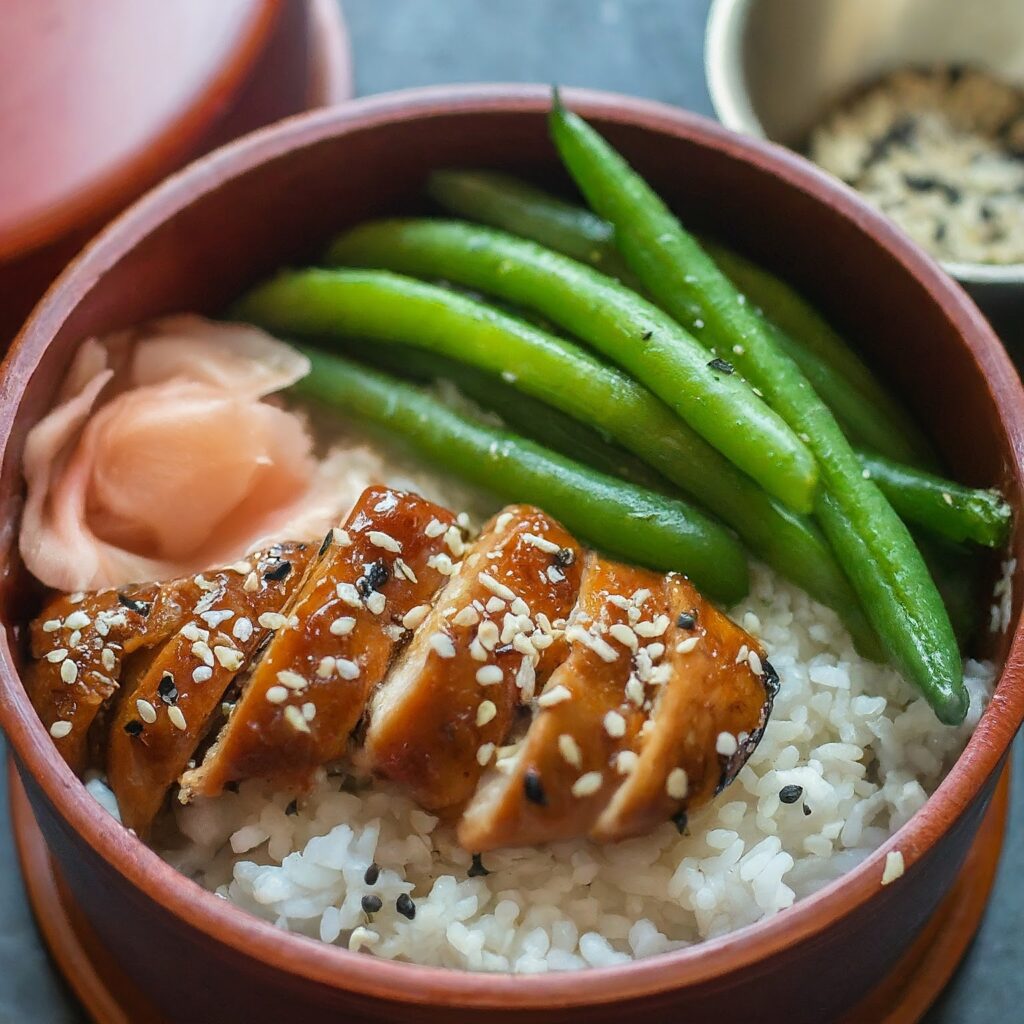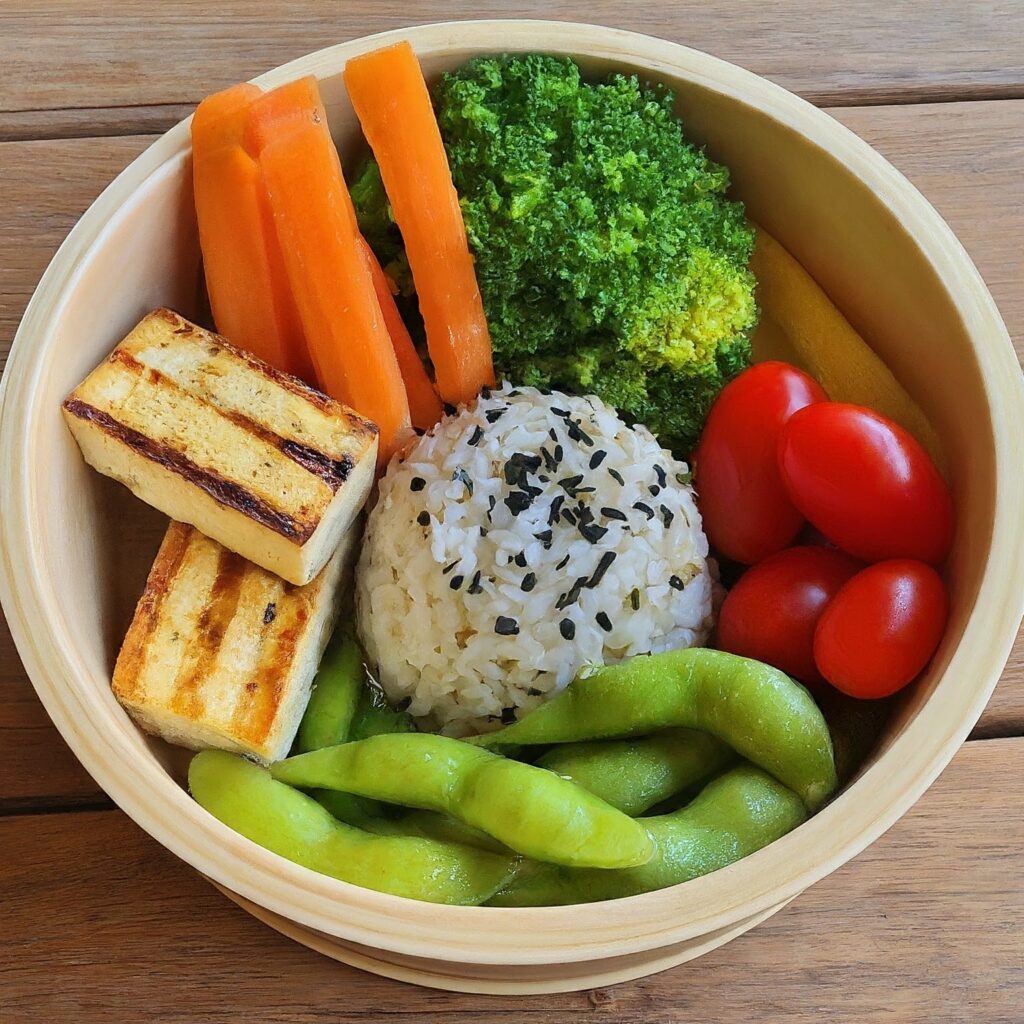Introduction to Bento Boxes
Bento boxes are a quintessential part of Japanese culture, offering a visually appealing and nutritionally balanced meal in a compact, portable form. Traditionally made at home and packed with love, bento boxes are a staple for schoolchildren and office workers alike. These beautifully arranged meals are not only delicious but also a reflection of the care and attention given to the eater.
Key Components of a Traditional Bento

- Rice: The foundation of most bento boxes, rice can be plain, seasoned, or formed into shapes like onigiri (rice balls). Sometimes, it’s sprinkled with furikake (seasoned dry toppings) or mixed with ingredients like seaweed or pickled vegetables.
- Protein: Common protein sources include fish (such as grilled salmon), meat (such as teriyaki chicken or beef), eggs (like tamagoyaki, a sweet rolled omelet), or plant-based options like tofu or edamame.
- Vegetables: Fresh, pickled, or cooked vegetables add color and nutrients. Popular choices are cherry tomatoes, broccoli, carrots, and pickles like takuan (pickled daikon radish) or umeboshi (pickled plum).
- Side Dishes: Side dishes might include items like seaweed salad, potato salad, or fruit. These add variety and additional flavors to the meal.
Creative Bento Ideas and Recipes
- Character Bento (Kyaraben): Decorate rice balls and other components to resemble popular characters from anime, manga, or movies. Use nori (seaweed) sheets, cheese, and vegetables to create facial features and accessories.

- Colorful Veggie Bento:
- Recipe: Arrange steamed broccoli, cherry tomatoes, sliced bell peppers, and carrot sticks around a central serving of rice shaped into a mold.
- Tip: Add tamagoyaki slices for a protein boost and a splash of yellow color.

- Teriyaki Chicken Bento:
- Recipe: Place a serving of teriyaki chicken over a bed of rice, add steamed green beans and pickled ginger on the side.
- Tip: Sprinkle sesame seeds over the chicken for added flavor and texture.

- Vegan Bento:
- Recipe: Include rice, grilled tofu, edamame, and a colorful mix of fresh vegetables like cucumber slices, radish, and avocado.
- Tip: Use soy sauce or miso dressing for added flavor.

Tips for Assembling a Visually Appealing and Balanced Bento
- Color Balance: Aim for a variety of colors to make the bento visually appealing. Include ingredients from different color groups: greens (vegetables), reds (tomatoes, strawberries), yellows (egg, corn), and browns (meat, tofu).
- Texture Variety: Mix different textures to enhance the eating experience. Combine crunchy vegetables with soft rice and tender proteins.
- Portion Control: Ensure a balanced meal by appropriately portioning proteins, carbohydrates, and vegetables. Traditionally, a bento box follows the ratio of 4:2:1 (four parts rice, two parts protein, and one part vegetables).
- Neat Arrangement: Pack the bento tightly to prevent shifting during transport. Use dividers or lettuce leaves to separate different foods and maintain visual appeal.

- Garnishes: Add garnishes like sesame seeds, sliced green onions, or a drizzle of sauce for a final touch.

The Cultural Significance of Bento in Japan
Bento boxes hold a special place in Japanese culture, symbolizing care and thoughtfulness. Preparing a bento for someone is a way to show love and appreciation. This tradition dates back centuries, evolving from simple packed meals for travelers to the intricate and artistic creations seen today.
Bento boxes are not just about the food; they reflect the aesthetic principles of Japanese cuisine, emphasizing harmony, balance, and seasonal ingredients. In Japan, bento is also an important aspect of school life, with students often bringing homemade or store-bought bento for lunch, fostering a sense of community and shared experience.
